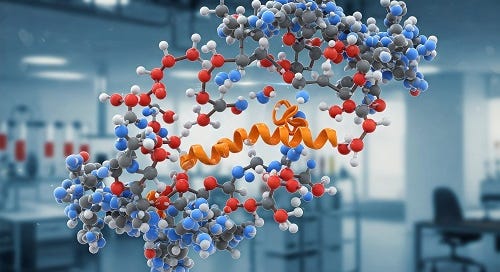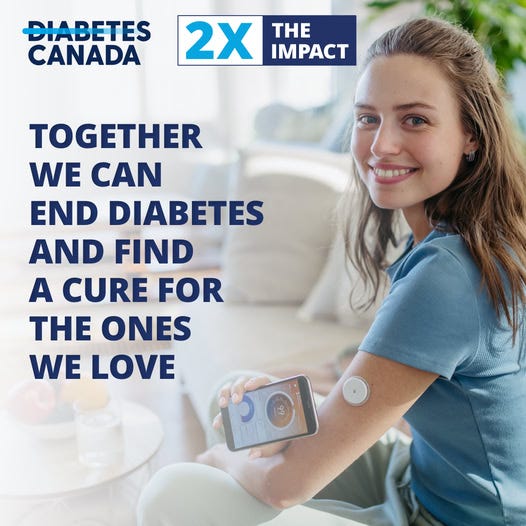DIABETES CURE FOUND!
In a Time in Range exclusive, this author has just returned from celebrating in the streets.
Easy Peasy Lemon Squeezy
“How could it all have been so easy to find?” asked the writer of the very substack you're reading right now who also happens to have T1D.
He also said: “Is it really so effortless? My students have been using AI for their assignments all along, so why shouldn't we have used it to provide an instant answer to cure diabetes?”
Amazingly, the photo was generated using Google's powerful AI image generation tool, Gemini. When prompted to generate an image “diabetes cure” it came up with this gem:
(Apparent) Diabetes Cure
Whatever that is. Well, I guess the joke is on me.
It's been the holy grail of diabetes, and it has always been perpetually in the future, just around the corner. We’re on the edge of a breakthrough, it promises. In fact, the JDRF, not liking their name being the Juvenile Diabetes Research Foundation, because you don’t have to be juvenile to have diabetes, changed their name to Breakthrough:T1D.
Anyways, nonprofit organizations repeat this future cure refrain endlessly in order to drum up support and donations. What’s wrong with that? you might ask.
Beyond the fundraising aspect, it is a hollow promise that has an unintended meaning accompanying it. The subtext is that disability in whatever form needs to be fixed, and/or cured in the first place. Instead of focusing the aim on living and coping with a chronic condition now that does not (currently) have a cure, the focus is on some distant future that does not exist. Until then, it suggests, we are all broken until the future cure fixes us. Again, I don’t buy it. These ideas are pervasive.
Promises, Promises
It is worthwhile noting that for my entire life I’ve been promised a cure for diabetes. It’s always just around the corner. The cure never came, and so is it just false hopes? Why has so much money been spent? If only we had a little more money (thousands, millions, billions) for research, the cure would be found! Nonprofit organizations are partially to blame for this ongoing promise—how else would people donate if they don’t think their tax-deductible research donations will amount to anything?
A recent example of what I’m saying.
The other biggie in this game is what used to be called the Canadian Diabetes Association, now Diabetes Canada, with a big blue strike out through the “Diabetes” part, leaving just “Canada,” which is rather confusing.
Beyond the empty promises, should a disabled person be fixed? Is there something wrong with them? How about supporting the community of people who are living with and treating the condition day-to-day, and for our community it is the reality of daily life. It won’t be fixed—it’s a chronic condition.
Those with T1D take insulin daily, either through multiple daily injections or through a pump. Without insulin we would not survive. We monitor our blood glucose to make continuous, in-the-moment decisions about what and when to eat, and navigate the myriad effects daily life has on a blood sugar. It’s an imperfect science. Highs and lows happen. With a chronic condition such as diabetes, the fact is there is no cure and it needs to be managed and often treated with insulin.
Here is a link to current research dedicated to curing diabetes, if you’re curious:
https://tcoyd.org/2025/02/cure-for-diabetes/
I am definitely optimistic that a cure will eventually be found, however I am realistic that right now that it’s not here, so let’s focus on helping people who live with it now.







